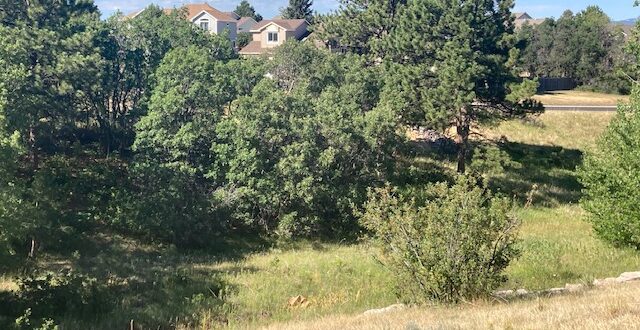Forest Health Issues in Southeast Colorado
While wildfires are a big concern for the whole of Colorado, they’re surprisingly not the biggest concern. There are various insects and diseases that cause the biggest problems for the health of the forests around the state.
The Colorado State Fire Service has split the state into four sections. Each section has pests that are more specific and problematic to the areas. With persistence, it is possible to get a handle on them. Southeast Colorado has two specific pests that are the main concern.
Western Spruce Budworm
The biggest concern is the western spruce budworm, which affected around 41,678 acres of forests in the area in 2021 alone. It’s a native pest, mainly affecting the Douglas-fir, true fir, and spruce trees.
The budworm eats the leaves on trees throughout the low-elevation forests. 2021 wasn’t as bad as previous years, but this has been put down to the cooler and wetter May. The budworm continues to be a growing concern for the drought-stressed trees in the area. Drought stress means that the trees’ defenses falter, and the insects will take advantage of that.
The biggest problem is in the Sangre de Cristo and Wet mountains, southern Park County near Guffey, and western Fremont County. The budworm has been in these areas for a number of years, resulting in the loss of many trees in the areas. The only way the CSFS has dealt with the situation is to make sure the trees grow at a uniform height and are well-spaced throughout the forests. This does help to reduce the risk of forest fires, too, so it is a win-win situation even if the forests look a little bare.
In fact, the spreading for the trees has helped other tree species to grow. We’re seeing more aspens and pines, which aren’t susceptible to these pests.
The Pinon Ips Beetle
The other pest is the pinon Ips beetle, which is attacking the pinon trees in southeast Colorado. These trees have become stressed due to drought conditions and wildfires, making them more susceptible to attacks.
There has been an increase in activity in the pinon-juniper forests between Walsenburg and Fort Garland, with the forest near Spring Creek Fire in Costilla County being the most affected.
While the CSFS is monitoring the beetles, it’s also up to local residents to help. The CSFS is educating locals on tips to prevent infestations. It’s important to reduce competition for resources for the beetles, and you’ll find the overly dense forests are more at risk of outbreaks. You can head to csfs.colostate.edu or a local CSFS field office for more guidance and tips to deal with the situation

